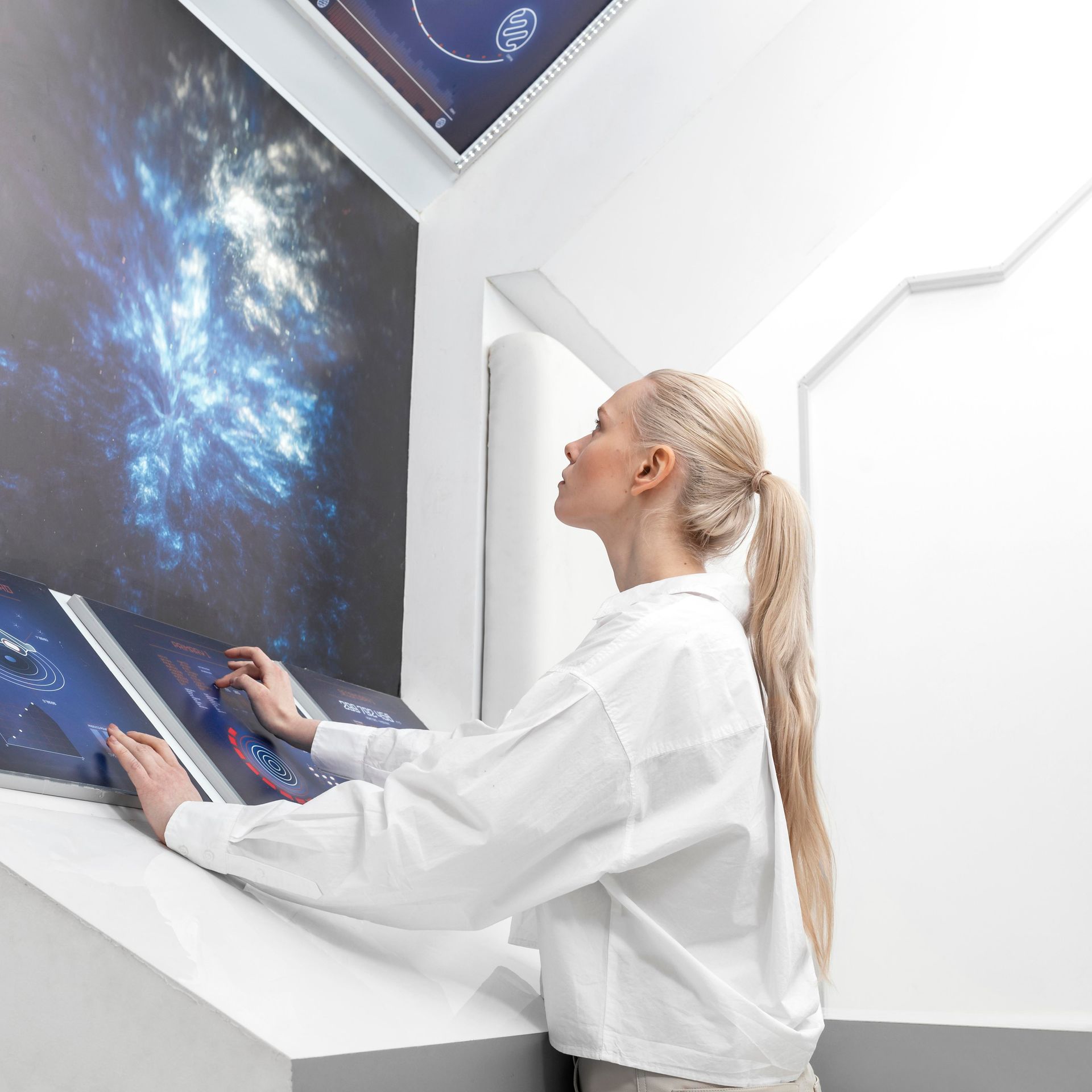The Role of AI and Human Editors in Medical Charting
The Role of AI and Human Editors in Medical Charting
In the ever-evolving landscape of healthcare, the introduction of artificial intelligence (AI) has brought significant changes, particularly in the realm of medical charting. Medical charting, the process of recording a patient's clinical data, has traditionally been a meticulous and time-consuming task, requiring both accuracy and attention to detail. With AI stepping into this space, there is potential for transformation, yet the human touch remains essential. Let's delve into how AI and human editors are reshaping the world of medical charting and why their collaboration is vital.
The Journey from
Pen to Pixel
The transition from paper-based records to electronic health records (EHRs) marked a major leap forward in medical charting. EHRs have streamlined the process, making patient information more accessible and reducing the likelihood of errors. However, even with these digital advancements, the process has retained some of its challenges—time consumption and the potential for human error being chief among them. AI offers a new layer of efficiency, promising to revolutionize how medical charting is conducted.
AI’s Contribution to
Medical Charting
Artificial intelligence, particularly through technologies like natural language processing (NLP) and machine learning, is increasingly playing a critical role in medical charting. One of the most significant contributions is automated documentation. Imagine a system that can listen to doctor-patient conversations and, in real time, transform those spoken words into a well-structured medical record. This isn’t just a futuristic concept—it’s happening now, and it’s helping healthcare providers shift their focus from paperwork to patient care.
Moreover, AI is enhancing accuracy by minimizing errors through the use of standardized templates and real-time suggestions based on current medical guidelines. This not only ensures that the information recorded is correct but also that it is consistent across the board, reducing the risk of discrepancies that could affect patient outcomes.
AI also brings a powerful analytical capability to the table. Beyond simply recording data, it can analyze large sets of patient information to uncover patterns or trends that might otherwise go unnoticed. This can lead to earlier detection of potential health issues and more personalized treatment plans, ultimately improving patient care.
Natural language processing further elevates AI’s role by enabling it to interpret complex medical language and accurately document patient interactions. Whether it’s deciphering the shorthand notes of a busy physician or making sense of a patient’s description of their symptoms, AI can turn this unstructured data into a structured format that is easy to access and analyze.
The Essential Role of
Human Editors
Despite AI’s growing influence, human editors remain indispensable in the medical charting process. Their role goes beyond merely inputting data; they provide the critical thinking and ethical oversight that AI currently cannot. Human editors have a deep understanding of the context within which medical information is recorded. They can pick up on subtleties that AI might miss, such as shifts in a patient’s tone or nuances in their medical history, ensuring that the chart is as accurate and comprehensive as possible.
Ethical considerations are another area where human editors excel. Medical charting is not just about accuracy—it’s about handling sensitive information with the care and confidentiality it deserves. Human editors are better equipped to navigate these ethical waters, ensuring that patient information is recorded in a manner that respects their privacy and autonomy.
Furthermore, human editors act as a final layer of quality control. They review AI-generated records, catching errors or inconsistencies that might slip through the cracks of an automated system. This additional level of scrutiny ensures that the final medical record is both reliable and trustworthy.
There’s also a trust factor that comes into play. Patients often feel more at ease knowing that a human is involved in documenting their health information. This human oversight helps maintain a strong patient-provider relationship, which is essential for effective healthcare delivery.
The Power of
Collaboration
The future of medical charting lies in the collaboration between AI and human editors. AI handles the repetitive, time-consuming tasks, freeing up human editors to focus on the more complex aspects of charting that require a human touch. This partnership leads to more efficient, accurate, and comprehensive medical records.
In this synergy, AI reduces the likelihood of common errors while human editors provide the critical thinking needed to address more nuanced issues. As AI systems continue to learn from the feedback provided by human editors, they will become more refined, further enhancing the quality of medical charting.
However, it’s important to acknowledge the challenges that come with this collaboration. AI systems are not infallible, and there is always a risk of errors that could go unnoticed without proper human oversight. Additionally, the use of AI in medical charting raises concerns about data privacy and security, given the sensitive nature of the information involved.
To fully realize the potential of AI in medical charting, healthcare providers must ensure that robust protocols are in place for AI implementation. Continuous training and development for both AI systems and human editors will be essential to ensure they can work together effectively.
Looking
Ahead
The integration of AI in medical charting is still in its early stages, but the potential is vast. As AI technology continues to evolve, we can expect to see even more sophisticated systems capable of handling increasingly complex tasks. However, the role of human editors will remain crucial, providing the oversight, ethical judgment, and nuanced understanding that AI cannot replicate.
In conclusion, the future of medical charting is not about choosing between AI and human editors—it’s about leveraging the strengths of both. By working together, they can create a more efficient, accurate, and reliable charting process, ultimately leading to better patient care. The key is to find the right balance, ensuring that both technology and human expertise are utilized to their fullest potential.
Yes, again, this is ideal for our new service.
Recent Posts







CONTACT INFO
LEARN NEW SKILLS
Interested in acquiring the skills necessary to become a Remote Scribe or Remote Medical Assistant? CLICK HERE





